ICAO/IATA Dangerous Goods Training
Do you have questions about the training required for shippers and packers of dangerous good by air?
… I can help.
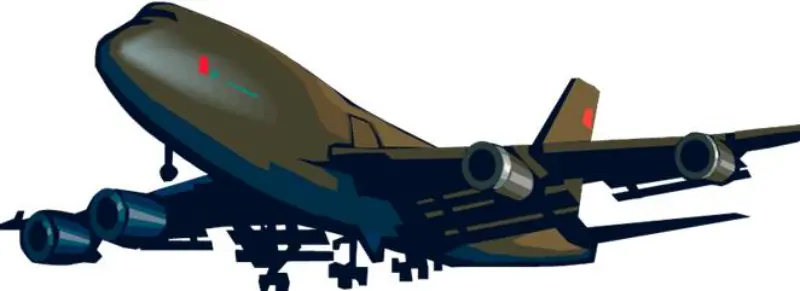
The transportation of hazardous materials (HazMat) to, from, or through the U.S. is subject to the Hazardous Materials Regulations of PHMSA/USDOT. However, if any phase of the transport of your HazMat (aka: dangerous good) will be by aircraft – in or out of the U.S. – you will also be subject to the regulations of ICAO and IATA. Though similar to the domestic Hazardous Materials Regulations, the dangerous goods regulations of ICAO/IATA differ in many substantial ways. I will attempt to identify ICAO and IATA, explain their respective training requirements, and describe how I can help you to comply with the training requirements of ICAO/IATA.
Don’t have time? Check out my concise summary of IATA Dangerous Goods by Air Training.
If you don’t see an answer to your question here, check out my FAQs at the bottom of this page.
First of all: What is ICAO? And what is IATA?
ICAO is the International Civil Aviation Organization. It is a specialized agency of the United Nations. It works with its 191 member states to reach consensus on international civil aviation. Just one part of what it does is to establish regulations – enforced by the member states – for the international transport of hazardous materials. These regulations are codified in ICAO’s Technical Instructions. The Technical Instructions of ICAO are authorized for use within the U.S. by PHMSA/USDOT – under specified requirements and limitations – and even may be used in place of the Hazardous Materials Regulations.
However, the cargo-carrying airlines of the world – organized as IATA, the International Air Transport Association – created their own regulations for the international transportation of dangerous goods by air. They did this to make the international regulations easier to understand and to comply with, not to reduce their stringency in any way. In fact, the IATA Dangerous Goods Regulations are more strict than the ICAO Technical Instructions.
Compliance with the IATA Dangerous Goods Regulations can be a challenge because they are not specifically authorized for use within the U.S. by PHMSA/USDOT. However, since their only difference with the ICAO Technical Instructions is when they are more strict, compliance with the IATA Dangerous Goods Regulations will ensure compliance with the ICAO Technical Instructions which is what PHMSA/USDOT requires. For the rest of this web-page I will only refer to IATA Dangerous Goods Training.
Why is dangerous goods training required by ICAO/IATA?
The transportation of dangerous goods by air creates unique potential for hazards to people, property, or the environment. It also creates modal-specific dangers for the flight crew of an aircraft. A good way to think about the heightened risk to carriers of dangerous goods by air is this: at 30,000 feet there’s no place to pull over if your cargo becomes a threat. That is why the international regulations for the safe transportation of dangerous goods by air were created. However, the regulations themselves are not enough without a requirement to provide training for anyone responsible for the safe transportation of those dangerous goods.
Since information provided by the shipper is used by all persons who handle the dangerous good – the information is essential for the pilot in command of the aircraft – only persons who have received the required training can safely perform the role of the shipper of the dangerous good.
The purpose of IATA dangerous goods training is to ensure persons involved in the transportation of a dangerous good are familiar with the regulations and can complete their job duties in compliance with them. Dangerous Goods Training required by IATA is in addition to HazMat Employee training required by PHMSA/USDOT.
Who is required to receive IATA dangerous goods training?
The IATA dangerous goods regulations identify the following as requiring dangerous goods training:
- Operators. AKA: carriers, the operators of the airlines.
- Ground handling agencies performing on behalf of the operator which process cargo or mail.
- Ground handling agencies located at an airport, performing on behalf of the operator the processing of passengers.
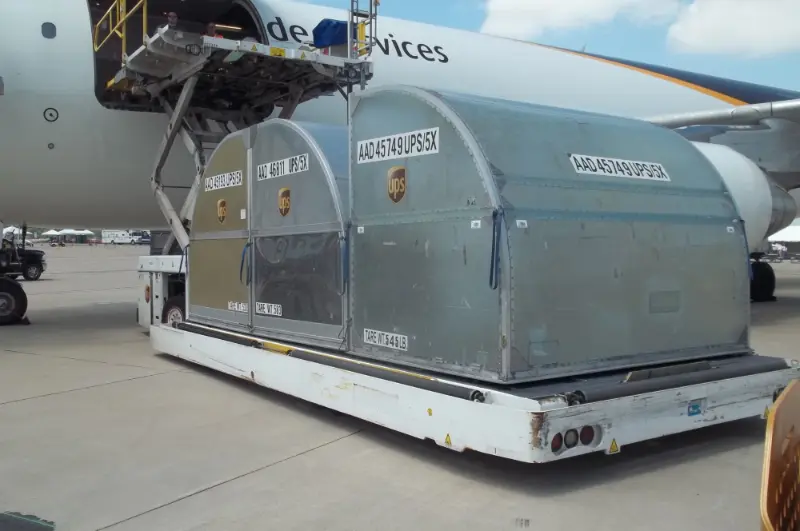
- Agencies, not located at an airport, performing on behalf of the operator the checking in of passengers.
- Freight forwarders.
- Shippers and packers of dangerous goods.
- Agencies engaged in security screening of passengers and crew and their baggage and/or cargo or mail.
- Designated postal operators.
The training provided by Daniels Training Services is specifically designed for shippers and packers of dangerous goods transported by air subject to IATA dangerous goods regulations.
What must IATA dangerous goods training include?
Pursuant to 1.5.2 of the IATA dangerous goods regulations, personnel must receive training in the aspects of the regulations applicable to their job responsibilities. In other words, any person who performs a job function that affects the safe transportation of dangerous goods by air must receive IATA dangerous goods training. Further, training must include:
- General familiarization training – which must be aimed at providing familiarity with the general provisions.
- Function specific training – which must provide detailed training in the requirements applicable to the function for which that person is responsible.
- Safety training – which must cover the hazards presented by dangerous goods, safe handling and emergency response procedures.
- Dangerous goods security training (1.7.2) – dangerous goods training should include elements of security awareness.
Unless determined to not be applicable to their job function, IATA dangerous goods training for shippers and packers of dangerous goods should – at a minimum – include the following:
- General philosophy
- Limitations
- General requirements for shippers
- Classification
- List of dangerous goods
- General packing requirements
- Packing instructions
- Labelling and marking
- Shipper’s Declaration and other relevant documentation
- Recognition of undeclared dangerous goods**
- Provisions for passengers and crew**
- Emergency procedures
**Though they can be included if necessary, these two elements are not commonly included with Daniels Training Services IATA dangerous goods training for shippers and packers of dangerous goods by air.
Persons solely responsible for the safe transportation by air of certain smaller lithium batteries or cells may only be required to receive adequate instruction instead of dangerous goods training. Read: Training Requirements for Persons Involved in the Transportation of Lithium Batteries.
IATA dangerous goods training must include a test with confirmation of its successful completion.
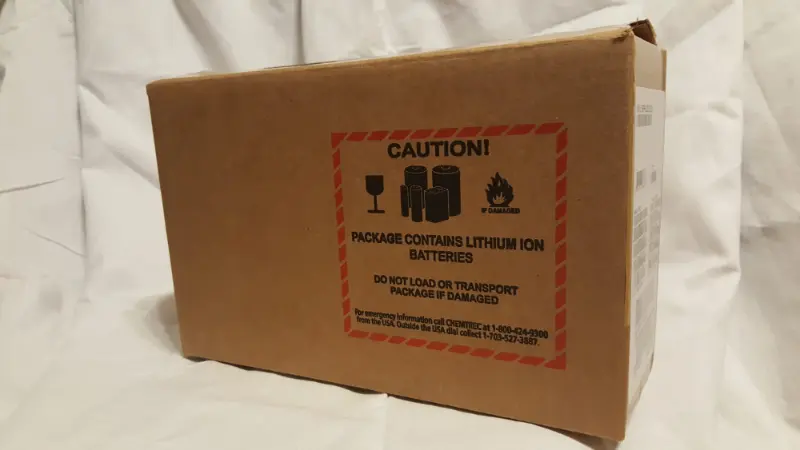

When must I provide IATA dangerous goods training?
Personnel who require IATA dangerous goods training must either be trained or have past training verified prior to performing any job function subject to the IATA dangerous goods regulations. This differs from the Hazardous Materials Regulations of PHMSA/USDOT which allows 90 days for untrained personnel to perform a regulated function as long as they are supervised by trained and knowledgeable personnel.
Recurrent training must be provided within 24 months of the previous training. If recurrent training is completed within the last 3 months of the 24 months of validity, then the period of validity for that recurrent training extends for 24 months from the expiration date of the previous training and not the actual date of the recurrent training. Example: Recurrent 24 month training is due in October 2017. Recurrent training is completed in August 2017. Recurrent training is not due until October of 2019.
How do I ensure my dangerous goods training meets the requirements of both ICAO and IATA?
As noted above, the IATA dangerous goods regulations are mostly the same as the technical instructions of ICAO and, where different, are even more strict. Therefore, compliance with the IATA dangerous goods regulations will ensure compliance with the ICAO technical instructions.
Your question, therefore is: How do I ensure my dangerous goods training meets the requirements of IATA?
The IATA dangerous goods regulations mandate that training programs for shippers and packers of dangerous goods – along with all others – be reviewed and approved as determined by the appropriate national authority. For shippers and packers within the U.S. the appropriate national authority is the PHMSA/USDOT. Currently – and for the foreseeable future – PHMSA/USDOT does not have any means to review and approve a training program. In fact, it does not even review and approve its own training requirement for HazMat Employees at 49 CFR 172, subpart H. Instead, PHMSA/USDOT Hazardous Materials Regulations make it the responsibility of the HazMat Employer to ensure all of their HazMat Employees are trained and tested as required. This responsibility of the HazMat Employer for compliance with the domestic regulations will also apply to the IATA dangerous goods regulations: it is the responsibility of the employer to ensure the training program is adequate.
PHMSA/USDOT will, of course, conduct audits (i.e. inspections) of your facility and its handling of HazMat/dangerous goods. If it is determined by PHMSA/USDOT that your IATA dangerous goods training was not adequate you will be faced with a violation and possible fines.
The IATA dangerous goods regulations also establish qualifications for the instructor of the training program. Once again, the regulations refer to any requirements of the appropriate national authority (i.e. PHMSA/USDOT) regarding qualifications for the instructor. And, once again, PHMSA/USDOT does not have any requirements for the qualifications of the instructor of the training program, instead it places the responsibility for ensuring the instructor is qualified on the HazMat Employer.
Absent any requirements of the PHMSA/USDOT, the following instructor qualifications of the IATA dangerous goods regulations remain. First, the instructor must have adequate instructional skills, which can come from a variety of methods, that provide the instructor with the ability to deliver the information in a manner that allows for the trainees to understand the requirements of the IATA dangerous goods regulations. Secondly, the instructor must have successfully completed an IATA dangerous goods training program. Thirdly, the instructor must deliver an IATA dangerous goods training program at least once every 24 months or attend recurrent training themselves. And finally, the instructor must receive and understand updates to the IATA dangerous goods regulations at least on an annual basis or as the regulations are modified.
While the appropriate national authority of other countries may review and approve of training programs and may also certify instructor qualifications, the PHMSA/USDOT does not. That means it is up to you as the employer to ensure the instructor you select has in-depth knowledge of the regulations and can deliver that knowledge to your employees in a manner that they can understand. Please refer to my training testimonials.
Before you contact me , feel free to read the articles I’ve written for my blog. You will quickly see that I am not satisfied with the easy answer but instead dig as deep as necessary to come to an understanding of the Hazardous Materials Regulations.
I have 25+ years experience with the applicable regulations as a truck driver, Hazardous Waste Technician, consultant, and trainer. I have immersed myself in the HazMat transportation regulations and believe I can provide a quality training experience. My resume.
Where can I get more information about the IATA dangerous goods regulations?
- IATA’s website includes some helpful information.
- I use my blog and other social media to share what I’ve learned about the regulations regarding HazMat transportation and the generation, handling, and disposal of hazardous waste.
- Ask me a question!
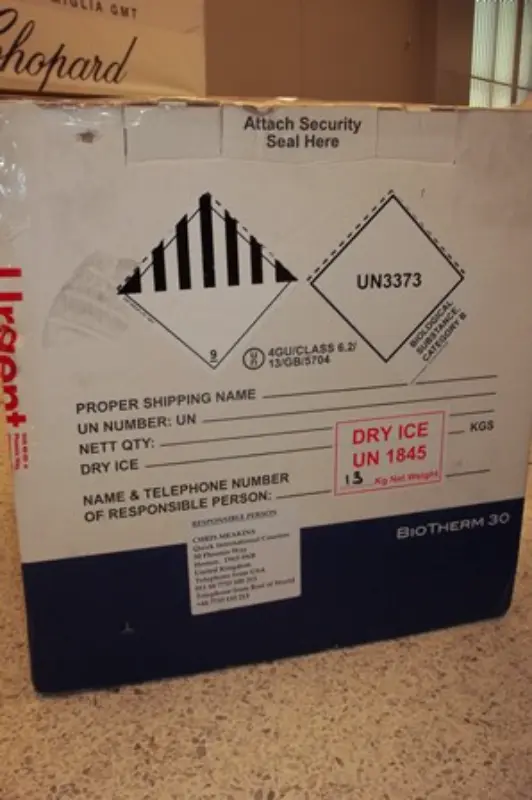
Frequently asked questions about the IATA dangerous goods regulations:
What is ICAO?
The International Civil Aviation Organization (ICAO) is a specialized agency of the United Nations. It was created by its member nations (ICAO refers to them as states) in 1944. It purpose is to establish Standards and Recommended Practices (SARPs) and policies that can be used by ICAO Member States to conform their local civil aviation operations and regulations with global norms. Their actions permit more than 100,000 daily flights worldwide to be conducted safely and reliably.
What is IATA?
It didn’t take long after the formation of ICAO for the commercial airlines to create the International Air Transport Association (IATA) in Havana, Cuba, on April 19, 1945. Its purpose is to develop standards, practices and procedures for use in the airline industry to promote safe growth of the industry. Just one of its programs – Dangerous Goods Cargo – is designed to ensure the safe handling of dangerous goods in air shipping.
What are the IATA dangerous goods regulations?
Created by the International Air Transport Association and updated every year (the 58th edition is effective only for 2017), it is the global reference for shipping dangerous goods by air and the only standard recognized by its members (275 from 117 nations as of 2017). It is a simplified format of the ICAO Technical Instructions.
Is it OK for me to comply with the IATA dangerous goods regulations for transportation within the U.S.? or is it approved for use solely outside the U.S.?
Yes. Don’t let the word “International” in both ICAO and IATA deceive you into thinking they are not for use domestically. The U.S. is a member state of ICAO and most U.S. air carriers are members of IATA. From there it can be confusing but can be summarized as follows:
- PHMSA/USDOT authorizes compliance with the ICAO technical instructions within the U.S. with certain restrictions and limitations.
- The IATA dangerous goods regulations are based on the ICAO technical instructions and when they differ it is because they are more strict.
- Most commercial airlines in the U.S. are members of IATA and will require you to comply with the IATA dangerous goods regulations for the transport of dangerous goods.
- Compliance with the IATA dangerous goods regulations (required by the air carrier) will ensure compliance with the ICAO technical instructions (required by PHMSA/USDOT).
Am I required to have IATA dangerous goods training in order to ship dangerous goods by air?
Yes. All persons involved in the preparation and shipping of dangerous good by air must receive training as required by IATA before performing a regulated function.
What must IATA dangerous goods training cover?
IATA requires training for shippers and packers of dangerous goods to include the following:
- Familiarization to provide an awareness of the general provisions of the IATA dangerous goods regulations. To include the criteria of the nine (9) hazard classes and their divisions – if any – and the identification of dangerous goods presented as general cargo.
- Specific training to provide detailed instruction in the IATA dangerous goods regulations applicable to the trainees job function.
- Safety training to cover the hazards presented by dangerous goods to which the trainee may be exposed and procedures for their safe handling and emergency procedures.
- Dangerous goods security training should be included to provide trainees with an awareness of the security risks to which they may be exposed and ways to recognize a possible security threat.
Who must have IATA dangerous goods training?
Initial and recurrent in-depth training must be taken by shippers and their agents, packers, freight forwarders, cargo agents, operators (airlines), agencies handling operators and performing the cargo acceptance function.
How often must IATA dangerous goods training take place?
Recurrent in-depth training – not just a review of the initial training – must take place within 24 months of the previous training to ensure that knowledge of the regulations is current. The competent authority of a state (e.g. Germany, Canada) may designate a shorter period for recurrent training. For example, the United States requires operator staff to receive recurrent training annually; the Netherlands requires recurrent training every 18 months. The U.S. does not specify a more frequent recurrent training for shippers or packers, therefore the regulations of IATA – 24 months – will apply to shippers within the U.S.

Must IATA dangerous goods training be provided by an IATA accredited training school?
No. IATA does not require its training to be provided by an accredited school. Also, PHMSA/USDOT does not have a procedure for reviewing and certifying training programs. In short: it is up to you as the shipper to ensure the person(s) providing your IATA dangerous goods training are knowledgeable about the regulations and have the skills to deliver that knowledge in a manner that is engaging and informative.
What are the options for a shipper of dangerous goods by air who has not yet received IATA dangerous goods training?
You may outsource the task to a qualified service partner – e.g. a freight forwarder – who can perform the regulated functions for you. IATA does not allow a person to perform a regulated function without first receiving initial training and maintaining recurrent training every 24 months.
Is IATA dangerous goods training required for person who only ship infectious substances in Category B and/or exempt human/animal specimens?
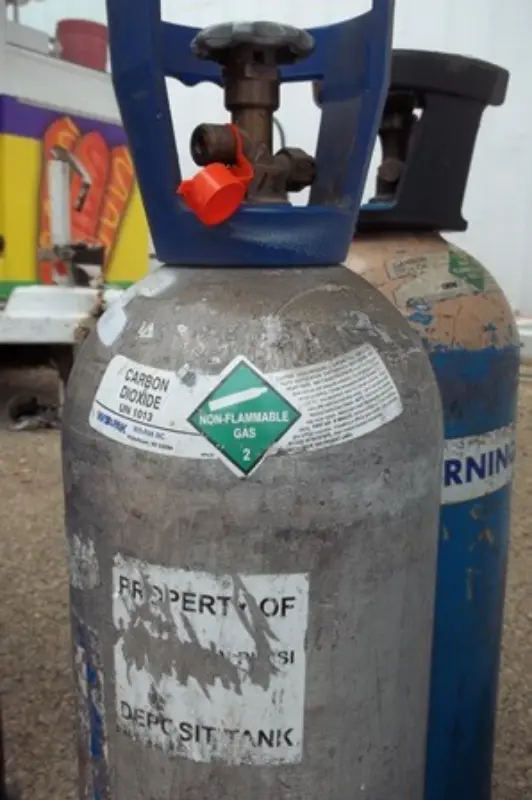
No. IATA dangerous goods training is not required for shippers of these materials. However, training is recommended to at least address the general awareness component and the packing requirements for these materials.
Can I provide IATA dangerous good training to my employees if my training is current?
Yes, as long as your training is up to date and you “have adequate instructional skills…”
If my IATA dangerous goods training expired last month and I am scheduled to attend training next week, can I perform the role of a shipper of dangerous goods by air?
No. Not until you have received recurrent training.
